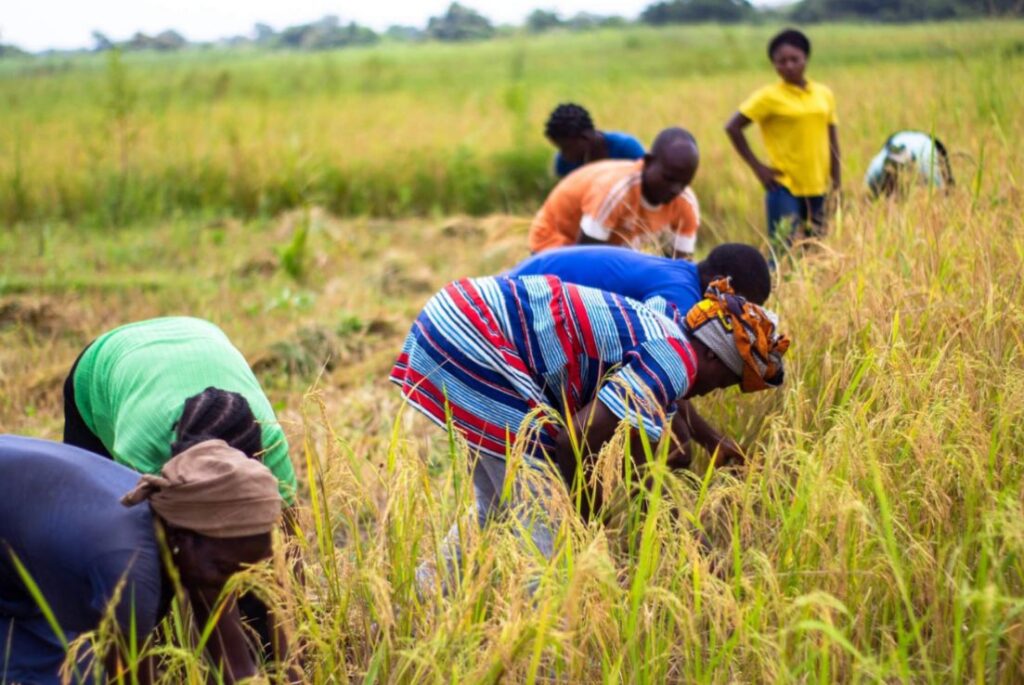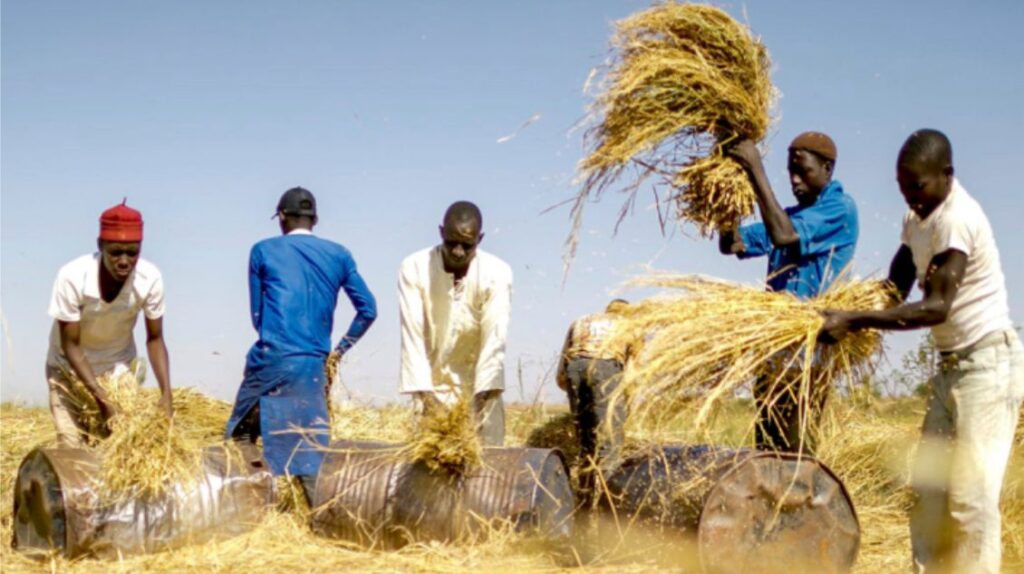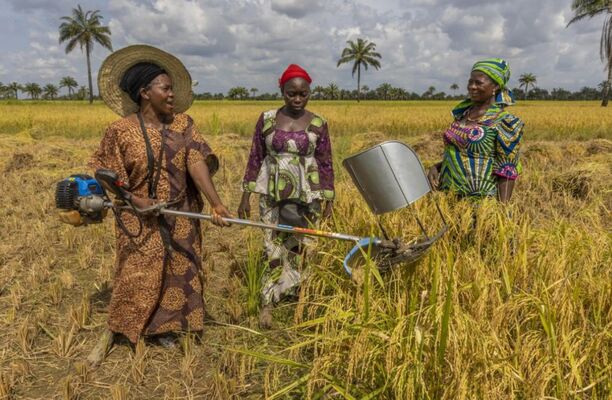By Sunkanmi Adewunmi
Nigeria’s July–December period marks the shift from the tail end of the rains into the early dry season. July–September usually bring heavy rainfall that fuels crops and pastures, while the rains taper in October–November (often ending earlier in the north), and dry-season work begins by December. In the humid south and coastal Lagos the rains may run into October, but recent years have seen extremes — heavy rains and dam releases in 2024 caused floods across 31 states, while mid-season “August breaks” (e.g. 2020) have left maize and cassava fields unexpectedly parched. In short, the late rainy season offers abundant growth but also heightens flood and pest risk before the hot, arid dry spell arrives.
Crop Farming: Planting, Growing, and Harvest
During July–September rainfed crops planted earlier hit their crucial growth phase: maize, sorghum and upland rice bulk up while roots like yam and cassava keep developing. Many smallholders intercrop — shallow-rooted maize with deep-rooted cassava — to optimise land and spread risk. The season is favourable so long as rains hold, but an unexpected “August break” can scorch maize and early vegetables where there’s no irrigation.
By September–October many crops reach maturity: yams and cassava in the south, maize, groundnuts and soybeans across the belts, and rice in the Middle Belt into November–December. The early dry spell is ideal for sun-drying and storage, easing manual threshing and lowering spoilage. Commercial farms may use dryers and silos; smallholders rely on sun-drying and airtight sacks. Harvest-time gluts often depress prices, so farmers who dry and store a portion can sell later at higher rates. Where residual moisture or irrigation exists, growers plant short-season vegetables and legumes to extend production, while by December most rainfed crops are stored or left fallow.

Livestock: Grazing and Feed Cycles
Livestock farmers time everything to the seasons. In the rains (July–Sept) pastures green up and animals fatten, but herders often move stock off cropped fields to avoid trampling—using marginal reserves or transhumance routes until harvest. By Nov–Dec the best grasses are gone, pastures turn fibrous and low in nutrients, and farmers must switch to conserved feeds. During the rains, savvy herders cut hay, make silage and stockpile crop residues (maize stalks, rice straw); small farms also tap wells or streams for water when ponds fail.
Health planning is vital: wet months bring ticks and tsetse-related risks, so routine vaccination and deworming before the dry season reduce losses. Smaller herds are often fattened and sold as feed runs low, while commercial outfits invest in fodder crops or loose-feeding systems. In short, the July–December shift from lush grazing to scarce forage demands foresight—feed, water and breeding schedules must be planned to avoid the lean season.
Aquaculture: Managing Ponds and Fish
Nigeria’s fast-growing fish farms also feel the seasonal swing. The rains bring water abundance – natural ponds and man-made tanks fill and flush – but this can be a double-edged sword. Flood events have indeed drowned out fish farms: the 2018 flood swept through cages and carried off half a stock, an experience many aquaculturists remember. To cope, farmers raise their dikes higher, reinforce pond walls, and excavate drainage channels to divert excess water. Some even install nets at pond outlets to catch escaping fish. These labor-intensive measures save months of work when the rains threaten.
Conversely, the dry half of the year brings heat and water shortages. Ponds lose volume and oxygen levels can drop in hot weather, so farmers adjust by reducing stocking density and shading ponds to cool the water. Progressive fish farms drill boreholes or pipe river water to maintain levels when rains fail.

Challenges: Pests, Floods, and Market Swings
Each part of this cycle brings its own headaches. In the rainy season, high humidity and warmth allow pests and diseases to flourish. Crop pests like fall armyworm (on maize), legume pod borers, aphids, and root borers surge during rains. These can destroy 20–80% of yields if unchecked. In fact, experts warn that a single pest outbreak could wipe out up to three-quarters of a crop. Livestock too contend with rainy-season woes – foot rot and tick-borne diseases often spike, so wet-season vaccinations (for anthrax, foot-and-mouth, etc.) are important.
Flooding is a major concern in late rains. Rivers like the Niger and Benue typically overflow from August–October, and urban areas (Lagos) suffer street inundations during cloudbursts. The 2024 wet season saw floods declared in 31 states; Lagos, Bayelsa, and many central states reported “severely affected” farmland. Lower-lying fish and poultry farms are also at risk of washouts or contaminated water. Farmers mitigate this by building ridges, planting on higher ground, or establishing drainage canals. In aquaculture, strong pond walls and emergency drain-off systems have proven life-savers.
Market and Economic shifts add another layer. After harvest (Sept–Dec), markets are flooded and commodity prices tumble, squeezing farmgate incomes. Then in the early year (Jan–July) prices rebound sharply as supplies wane. This seasonality works against farmers if they must sell immediately. Post-harvest losses in storage (weevils, mold) also climb if grains aren’t properly dried and stored, meaning profitable crops can turn into waste. Both smallholders and large farms scramble to find buyers or store produce until lean-season prices.
Aligning farm activities with the seasonal calendar helps Nigerian farmers cut losses and seize opportunities. With simple measures — crop rotation, pest monitoring and smart storage — both smallholders and commercial farms can stretch rainy-season gains into the dry months, turning the July–December “gamble” into a manageable year-end strategy.








